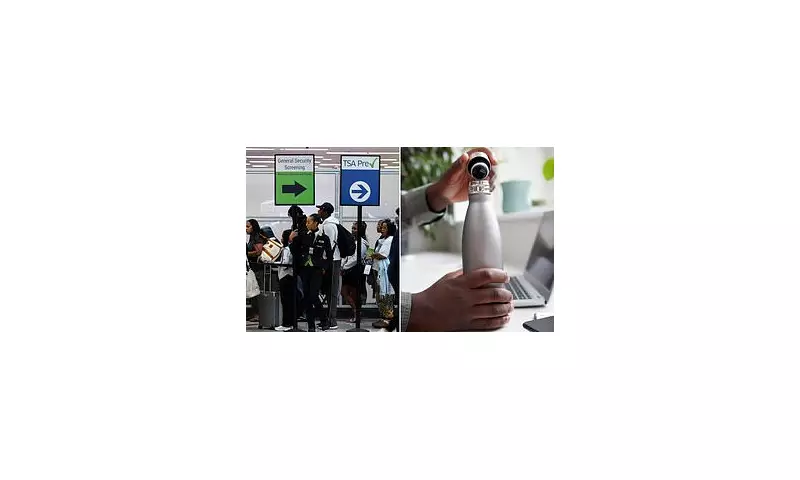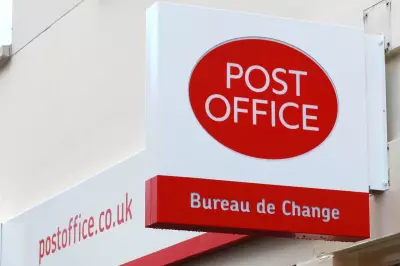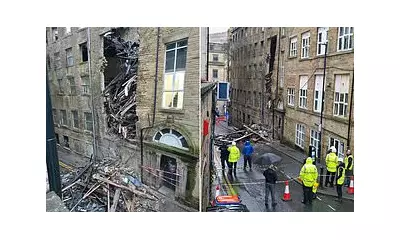
A seemingly ingenious travel hack has gone disastrously wrong after a passenger's attempt to bypass liquid restrictions caused major disruptions onboard a flight. The incident has prompted urgent warnings from transportation security officials.
The Frozen Water Bottle Fiasco
Passengers expecting a routine flight got more than they bargained for when an individual's 'smart' solution to carry liquids through security turned into an airborne emergency. The traveller had frozen water bottles solid to circumvent TSA's 100ml liquid limit, only for the ice to melt mid-flight.
"What started as an attempt to beat the system became a perfect storm of inconvenience," revealed an airline insider. "As the ice melted, water began leaking everywhere – soaking overhead bins, dripping onto electronics, and creating slipping hazards in the aisles."
TSA's Stern Warning to Travellers
The Transportation Security Administration has issued a blunt reminder about their liquid policies following the incident:
- Frozen items are still subject to the 3-1-1 liquid rule
- Ice packs must be completely frozen at security screening
- Partially melted items will be confiscated
"We've seen every trick in the book," said TSA spokesperson Lisa Farbstein. "When ice melts, it becomes a liquid – it's that simple. This 'hack' isn't clever, it's just creating problems for everyone."
Why This 'Hack' Fails Spectacularly
Aviation experts explain multiple flaws in the frozen bottle strategy:
- Timing issues: Airport arrivals to gate boarding often takes hours – plenty of time for melting
- Temperature variables: Cabin temperatures fluctuate during flights
- Volume miscalculations: Water expands when frozen, potentially bursting containers
The incident has sparked debate among frequent flyers, with many calling for clearer communication of TSA rules. Meanwhile, airline staff just wish passengers would stick to the approved methods for transporting liquids.





